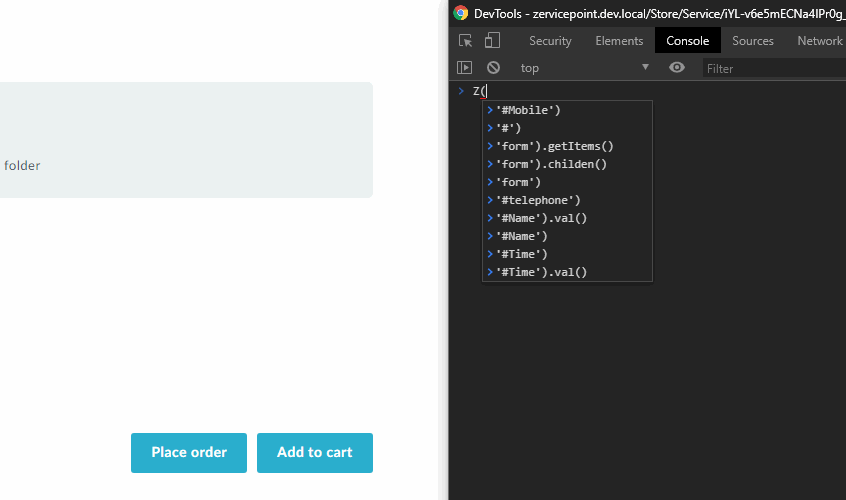

- Javascript disable form element keyup code#
- Javascript disable form element keyup password#
- Javascript disable form element keyup free#
Javascript disable form element keyup password#
In the same way, once a password field gets to 8 characters or more submit button will enable. While entering username if it reaches 5 or more characters, password fields will get activated.
Javascript disable form element keyup code#
Similarly, submit button enable and disable are also achieved.īelow code is an example script for enabling & disabling an input fields. Using JavaScript keyup function while entering a value on input field, we can enable another input tag. Until then password field needs to be in the disabled stage.

For example, consider one login page after entering username, password input tag need to be enabled. Here I will discuss enabling and disabling the input fields using JavaScript. To disable this key on your forms, which include the submit button, next/previous page buttons as well as using the enter key to navigate through the fields of.
Javascript disable form element keyup free#
FINAL CODEīelow is all the code for the whole implementation, feel free to copy, paste and use as you please.An HTML input field can be disabled and enabled based on purpose. To prevent this we simple add the disabled=’disabled’ to the HTML. When we created our HTML form and created the submit button, we didn’t add the disabled=’disabled’ by default, this means that when the page first loads and a keyup event has never been triggered the button will be enabled. There is one last thing we must do before this simple script is complete.


This then means that the user will be free to click the submit button and submit the form. This will literally remove the attribute making the button input look like the following: When we check to see if there is any text added to the searchInput element and we find some, we then can set the disabled attribute to false therefore enabling the button, with the following code: $('.enableOnInput').prop('disabled', false) This will now prevent any action when the user clicks on the button and will also grey out the button to make it visible to the user that it is disabled. What this code is actually doing, is setting the disabled attribute on the HTML element to disabled, so when this code is executed, the HTML button will look like the following: An ID would work fine here, but if we wanted to disable multiple form elements in the future, we then only need to apply this class to it for the JavaScript to work on those inputs/buttons too. Notice how this is referencing the enableOnInput class as opposed to ID, as its using a. $('.enableOnInput').prop('disabled', true) This will become apparent when we can see it in action.ĭepending on the outcome of the if statement, if the input is equal to nothing then we need to ensure the button is disabled, so we use the following code. Where with keyup we are checking after any input has been entered or removed. If we had attached the keydown event then when we check for any input we would be checking just before some input is about to be entered, as its on key down. In JavaScript, using the addEventListener () method: object. It is worth mentioning here why I chose the keyup event as opposed to, say the keydown event. Clicking on a link, prevent the link from following the URL. For example, this can be useful when: Clicking on a 'Submit' button, prevent it from submitting a form. $(this), because it is wrapped within an event method is referring to the element that the event is attached to, so in this case, in #searchInput element. The preventDefault () method cancels the event if it is cancelable, meaning that the default action that belongs to the event will not occur. First, we check to see if the input currently has any text entered. The above code is commented well to make it as easy as possible to understand, but I will go into more detail here.


 0 kommentar(er)
0 kommentar(er)
